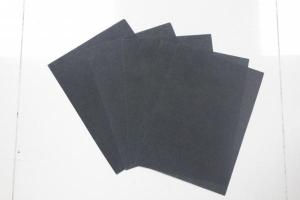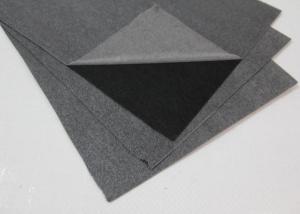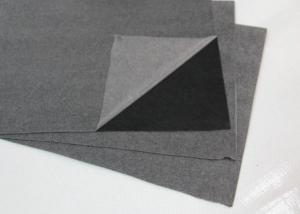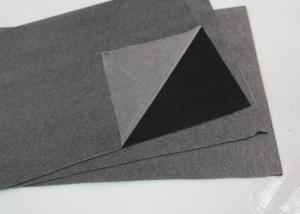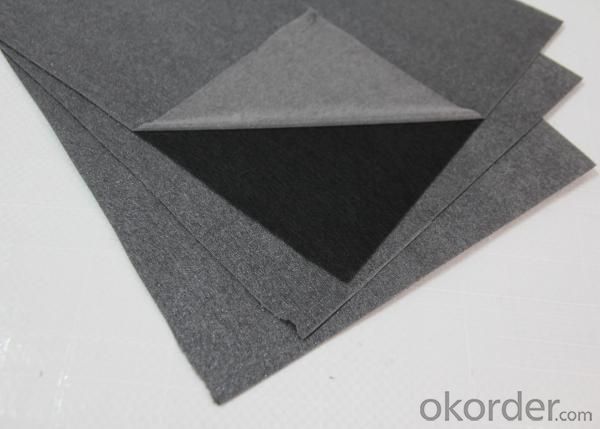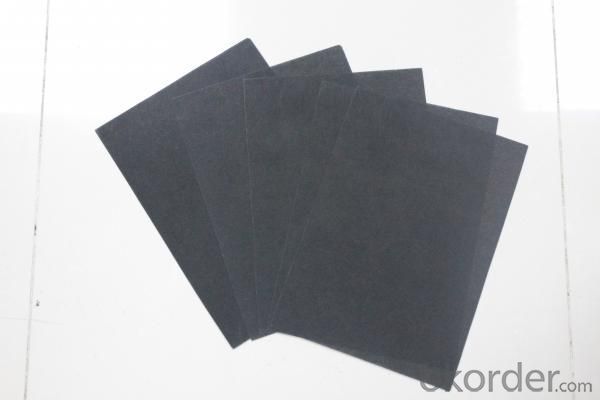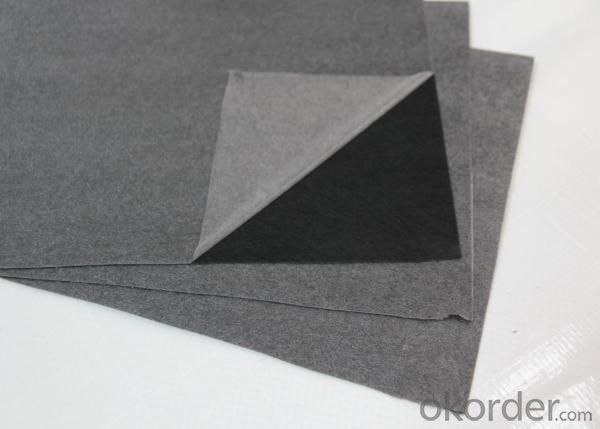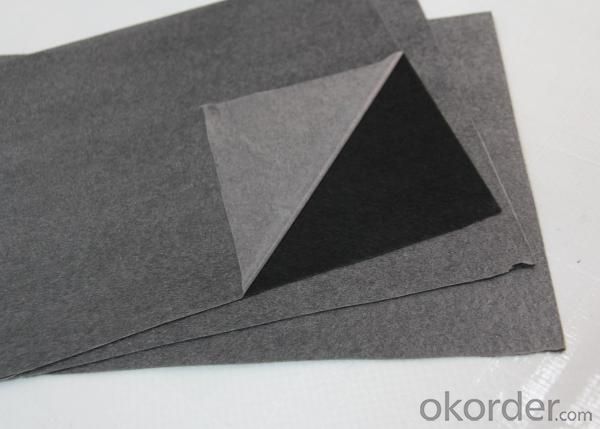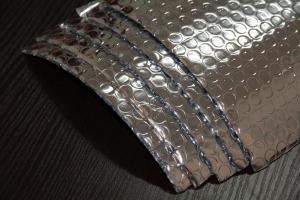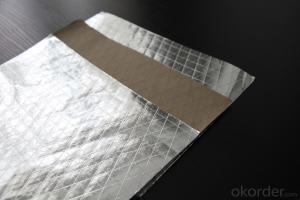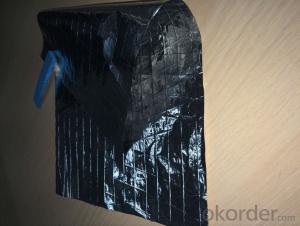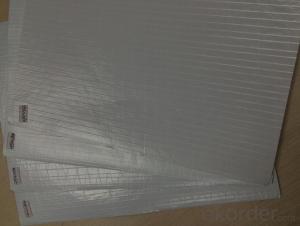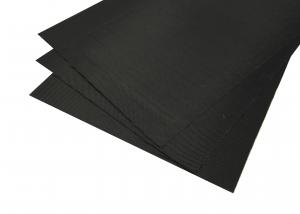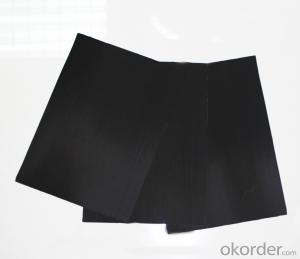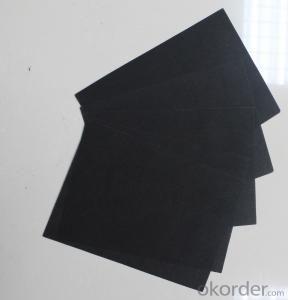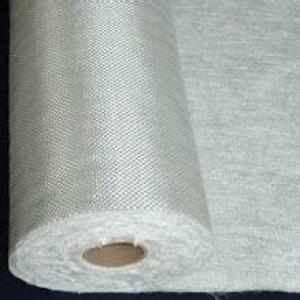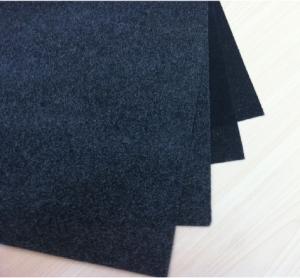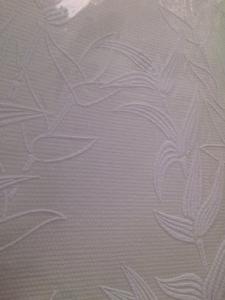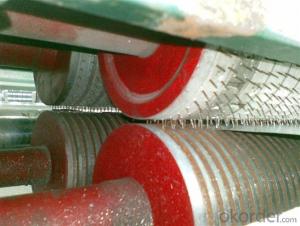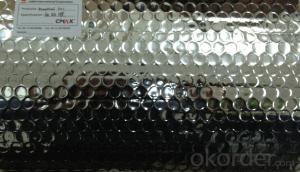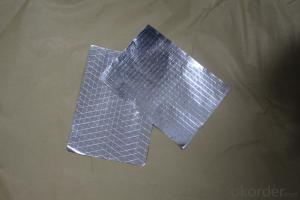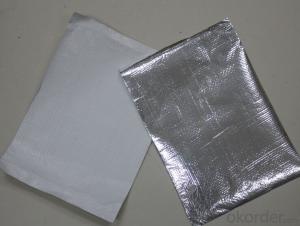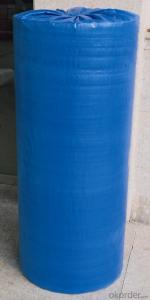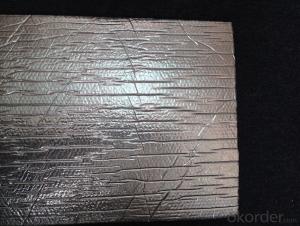Fiberglass Facing Black Fiberglass Cloth BFC-001
- Loading Port:
- China Main Port
- Payment Terms:
- TT or L/C
- Min Order Qty:
- 10000M2 m²
- Supply Capability:
- 50000M2 Per Week m²/month
OKorder Service Pledge
OKorder Financial Service
You Might Also Like
1. Specification of Black Fiberglass Cloth BFC-001
|
Specification | ||
|
ITEM |
UNIT |
VALUE |
|
Weight of the tissue |
g/m2 |
65 |
|
Weight of the Finished Product |
g/m2 |
65 +25 PE |
|
Thickness |
mm |
0.42 |
|
Fusion Temperature |
℃ |
≦130 |
|
Oxygen Index Number |
% |
≥32 |
|
Tensile Strength MD |
n/5cm |
125 |
|
Tensile Strength CMD |
n/5cm |
105 |
SIZE:
Width: 0.6m---1.3m
Length: 100m-1000m
Core I.D.: 3"(76mm ±1)
Based on order, special sizes are also available.
MSDS:No harm for body and environment, non-volatile product.
Remarks:
1. The data above are typical results and subject to change without notice.
2. Tolerance: Weight and Thickness: ±10%; Width: ±3mm; Length: ±0.5%.
3. The products should be stored at room temperature, kept from wet and kept away heat source.
4. Good appearance without stain, oxidation, mildew.
5. The users should take test and do trial-application on the above products before coming into application so as to witness and ensure suitability for their special purpose and technique.
2. Application of Black Fiberglass Cloth BFC-001
Fiberglass facing is good at fireproof, mildew resistant, damp proof and strong air permeability. After laminated with glass wool or rock wool, the physical properties is excellent such as hat preservation, noise elimination, fire retardant, extinction,etc.
3. Packaging & Delivery of Black Fiberglass Cloth BFC-001
Depends on the clients' requirements and the production conditions.
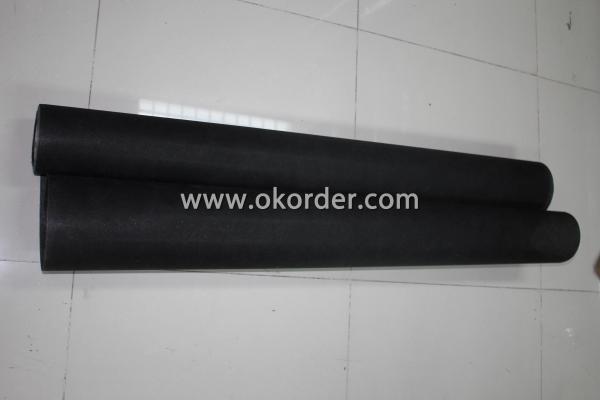
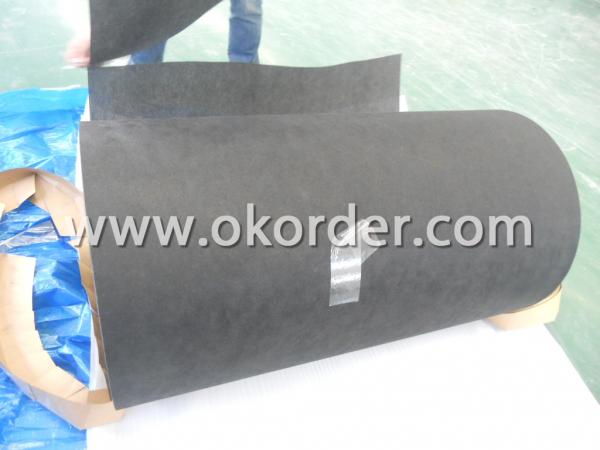
- Q: What steps should be taken to manage and dispose of broken black fiberglass tissue pieces safely and effectively?
- <p>When handling broken pieces of black fiberglass tissue, it's crucial to take safety precautions. Wear protective gear such as gloves, long sleeves, and a dust mask to prevent skin contact and inhalation of fibers. Use a broom and dustpan or a vacuum cleaner with a HEPA filter to collect the broken pieces. Avoid sweeping with a regular broom as it can release more fibers into the air. Dispose of the collected material in a sealed plastic bag, marking it as hazardous waste. Check local regulations for proper disposal methods, as fiberglass may require special disposal procedures.</p>
- Q: Is it possible to utilize glass fiber paper as a material for sound absorption within room environments?
- <p>Yes, glass fiber paper can be used for acoustic absorption materials in rooms. It is known for its sound-dampening properties due to its porous structure, which allows it to absorb sound waves effectively. However, it's important to note that while it is effective, glass fiber paper may not be the best choice for all applications due to potential health concerns related to the inhalation of fibers. It is often used in professional settings where proper safety measures can be taken, and it is recommended to use it in conjunction with a protective facing or within enclosed systems to minimize exposure.</p>
- Q: What kind of black fiberglass tissue is recommended for use in cold weather conditions?
- <p>Yes, there is a specific type of black fiberglass tissue designed for use in cold climates. This type of fiberglass is often referred to as 'weather-resistant' or 'cold-resistant fiberglass.' It is engineered to maintain its strength and flexibility in low temperatures, preventing brittleness and breakage. This special formulation is crucial for applications where the material will be exposed to freezing temperatures and harsh weather conditions, ensuring durability and longevity.</p>
- Q: Is it possible to use black fiberglass tissue as an insulating material within walls?
- <p>Yes, black fiberglass tissue can be used for insulation in walls. It is a type of fiberglass insulation that is often used in residential and commercial buildings due to its effectiveness in reducing heat transfer and providing thermal insulation. Black fiberglass tissue is made from glass fibers and has a high resistance to heat flow, which helps to maintain a comfortable temperature inside the building. It is also known for its durability and resistance to moisture, making it a popular choice for wall insulation. However, it's important to follow proper installation procedures and safety precautions to ensure the insulation's effectiveness and to protect against potential health risks associated with fiberglass.</p>
- Q: The user is asking if black fiberglass tape can be used to create a window screen or blind.
- <p>Yes, you can use black fiberglass tape to make a window screen or blind. Fiberglass tape is strong, durable, and resistant to weather and UV rays, making it suitable for outdoor use. To create a window screen, you can use the tape to secure a mesh material to a frame. For a blind, you might weave the tape in a pattern to create slats. However, ensure the tape is of high quality and the mesh is appropriately sized for the window. Always follow safety precautions when working with tools and materials.</p>
- Q: Is it possible to utilize black fiberglass tissue as an insulating material within the structure of greenhouses?
- <p>Yes, black fiberglass tissue can be used for insulation in greenhouses. It is known for its thermal insulation properties, which can help retain heat inside the greenhouse, reducing the need for additional heating and maintaining a stable temperature. Additionally, black fiberglass is resistant to moisture and pests, making it a durable choice for greenhouse insulation. However, it's important to ensure proper installation and ventilation to prevent any potential issues related to condensation or air quality.</p>
- Q: This question asks about the uses of black fiberglass tissue across different sectors.
- <p>Black fiberglass tissue, also known as black glass fabric, is widely used in various industries due to its high strength, heat resistance, and electrical insulation properties. In the construction industry, it is used for reinforcing materials in composites and as a base for flooring. In the automotive sector, it is utilized for brake linings and heat shields. The electronics industry employs it for printed circuit boards and insulation. It is also used in aerospace for heat-resistant components and in the marine industry for hull reinforcement. Additionally, it finds applications in the production of sports equipment, such as surfboards and kayaks, and in the creation of high-temperature resistant fabrics for industrial settings.</p>
- Q: Is it possible to recycle black fiberglass tissue with ease?
- <p>Recycling black fiberglass tissue is not as straightforward as recycling other materials due to its unique composition and color. The black dye can interfere with the recycling process, making it difficult to recycle like standard fiberglass. Specialized facilities are required to handle the recycling of black fiberglass, and it's often not accepted in standard curbside recycling programs. Therefore, while it is technically recyclable, it is not easily recyclable in the conventional sense and requires specific processes and facilities.</p>
- Q: This question asks for the proper handling procedures for glass fiber paper during transportation to ensure safety and prevent damage.
- <p>When handling glass fiber paper during transportation, it's crucial to follow safety protocols to prevent damage and protect personnel. The paper should be stored in dry, well-ventilated areas, away from direct sunlight and extreme temperatures. Use gloves and masks to avoid skin and respiratory irritation from the fibers. Load the material carefully to avoid tearing or crushing, and ensure that it is secured to prevent shifting during transit. Use appropriate packaging to protect against moisture and physical damage. Always follow the manufacturer's guidelines and local regulations for the safe transportation of hazardous materials.</p>
- Q: This question asks about the distinctions among various types of glass fiber paper, which are materials made from thin strands of glass.
- <p>Different types of glass fiber paper are distinguished by their composition, manufacturing processes, and applications. E-glass is the most common and is used for general purposes due to its good electrical insulation properties. S-glass, known for its high strength, is used in applications requiring mechanical strength, such as in aircraft and sports equipment. C-glass is resistant to chemical corrosion and is used in environments with harsh chemicals. A-glass, or alumino-borosilicate glass, is used for applications requiring high temperature resistance. Lastly, D-glass is designed for low dielectric applications, making it suitable for electronics. Each type has unique properties that make it suitable for specific industries and applications.</p>
1. Manufacturer Overview
| Location | Jangsu, China |
| Year Established | 1999 |
| Annual Output Value | Above US$0.3 billion |
| Main Markets | 0.00% Mid East 15.00% Northern Europe 15.00% North America 10.00% Eastern Asia 20.00% Africa 0.00% Eastern Europe 20.00% Southeast Asia 0.00% Oceania 0.00% Western Europe 0.00% Southern Europe 0South east asia;North America |
| Company Certifications | ISO 9001:2008 |
2. Manufacturer Certificates
| a) Certification Name | |
| Range | |
| Reference | |
| Validity Period |
3. Manufacturer Capability
| a) Trade Capacity | |
| Nearest Port | Shanghai |
| Export Percentage | 41% - 50% |
| No.of Employees in Trade Department | 20 People |
| Language Spoken: | English; Chinese |
| b) Factory Information | |
| Factory Size: | Above 100,000 square meters |
| No. of Production Lines | Above 4 |
| Contract Manufacturing | OEM Service Offered; Design Service Offered |
| Product Price Range | Average |
Send your message to us
Fiberglass Facing Black Fiberglass Cloth BFC-001
- Loading Port:
- China Main Port
- Payment Terms:
- TT or L/C
- Min Order Qty:
- 10000M2 m²
- Supply Capability:
- 50000M2 Per Week m²/month
OKorder Service Pledge
OKorder Financial Service
Similar products
Hot products
Hot Searches
Related keywords
